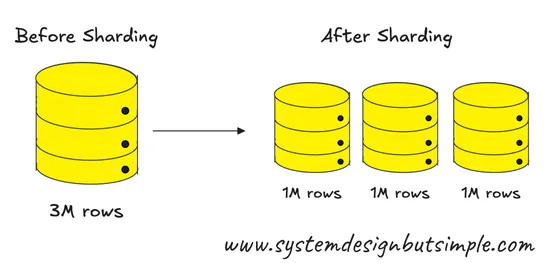Japan Ushers in a New Era of Cybersecurity with the Active Cyberdefence Law
Japan has taken a bold step in reshaping its national cybersecurity posture with the new Active Cyberdefence Law (ACD) — a proactive response to the growing wave of cyber threats affecting critical infrastructure, airlines, and financial institutions. 🚨 Key highlights of the ACD Law: Legal authority..












